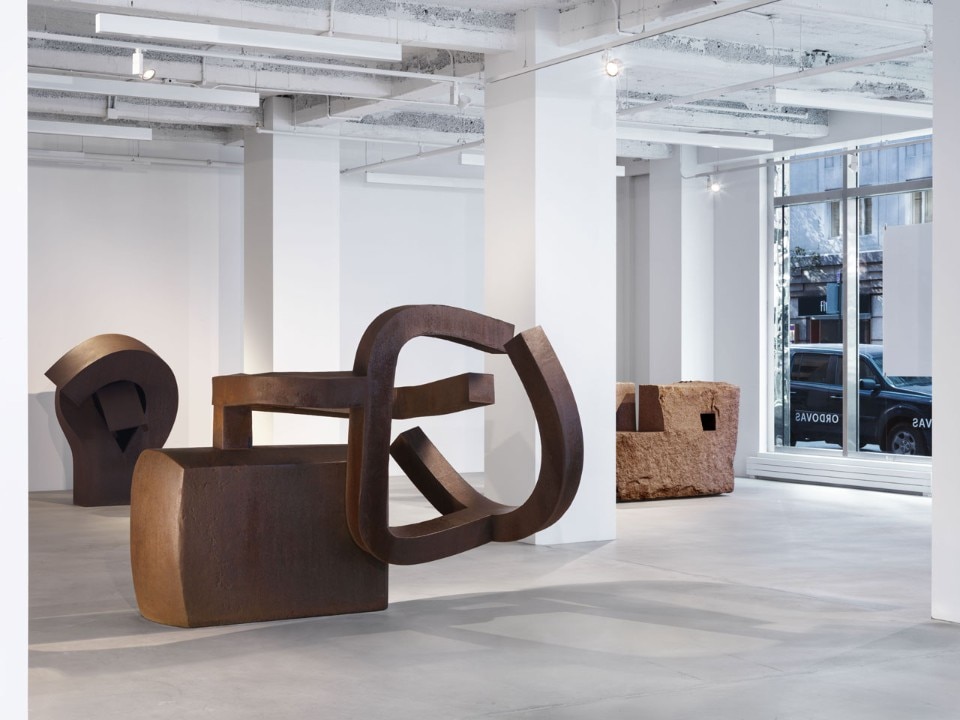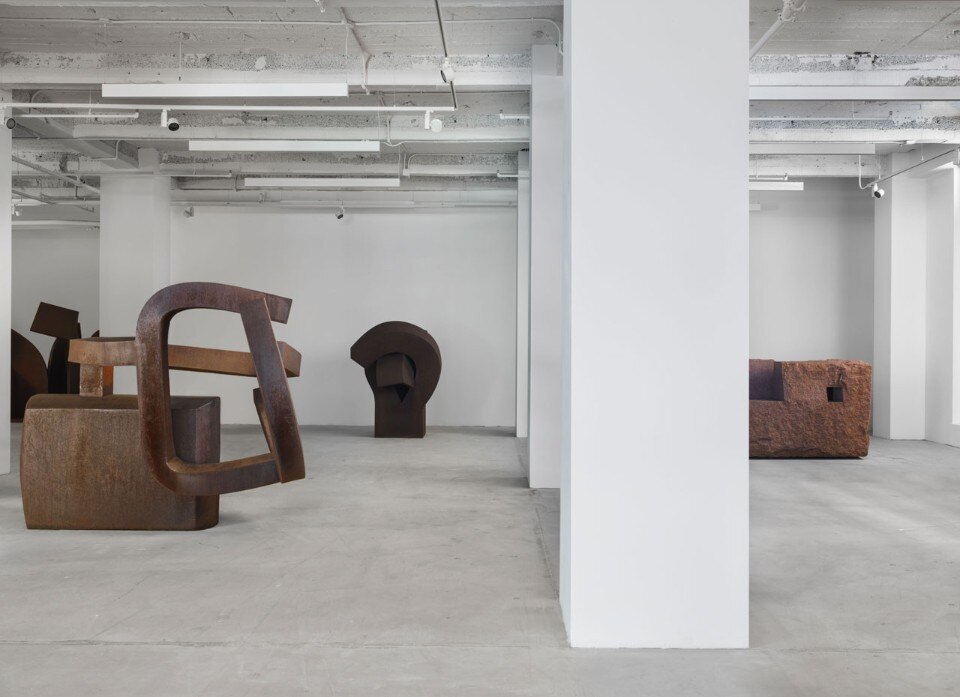
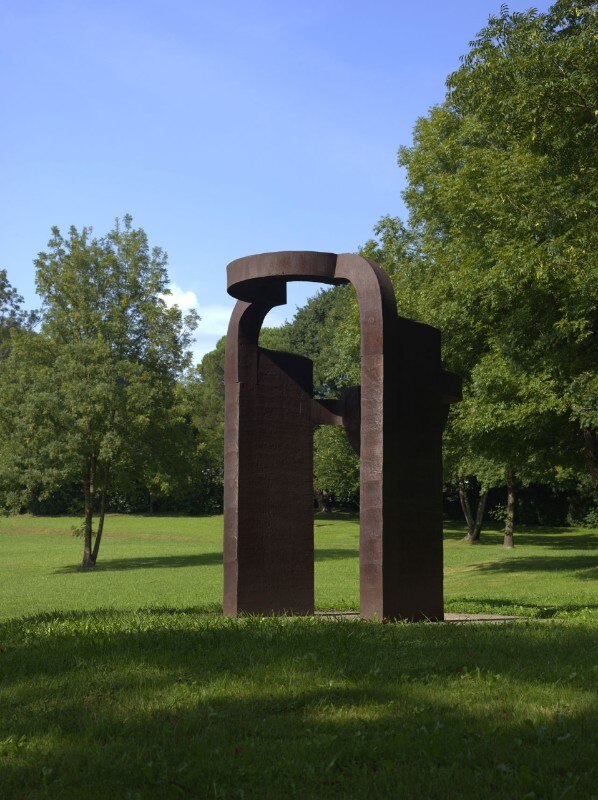
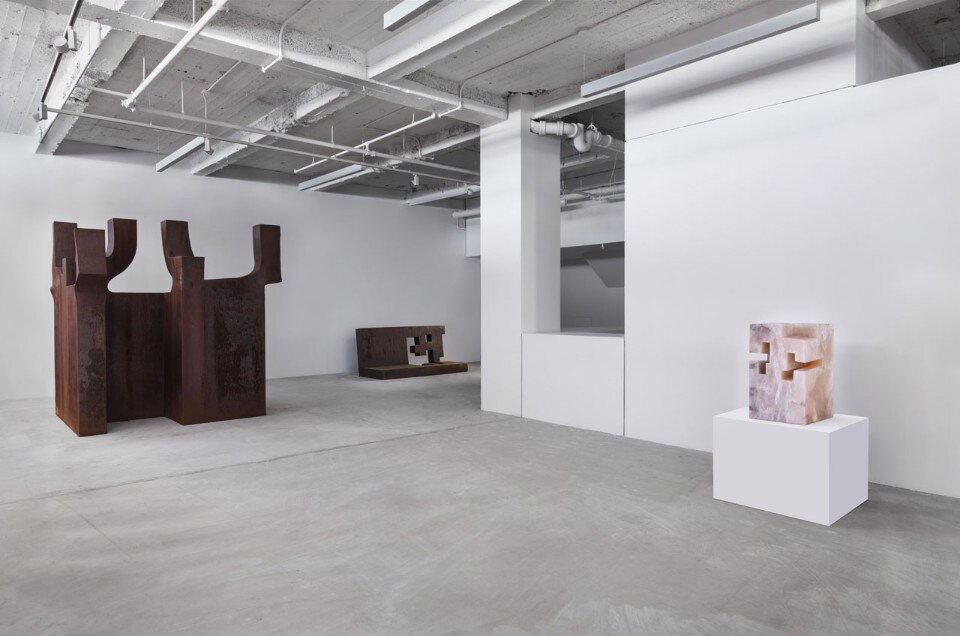
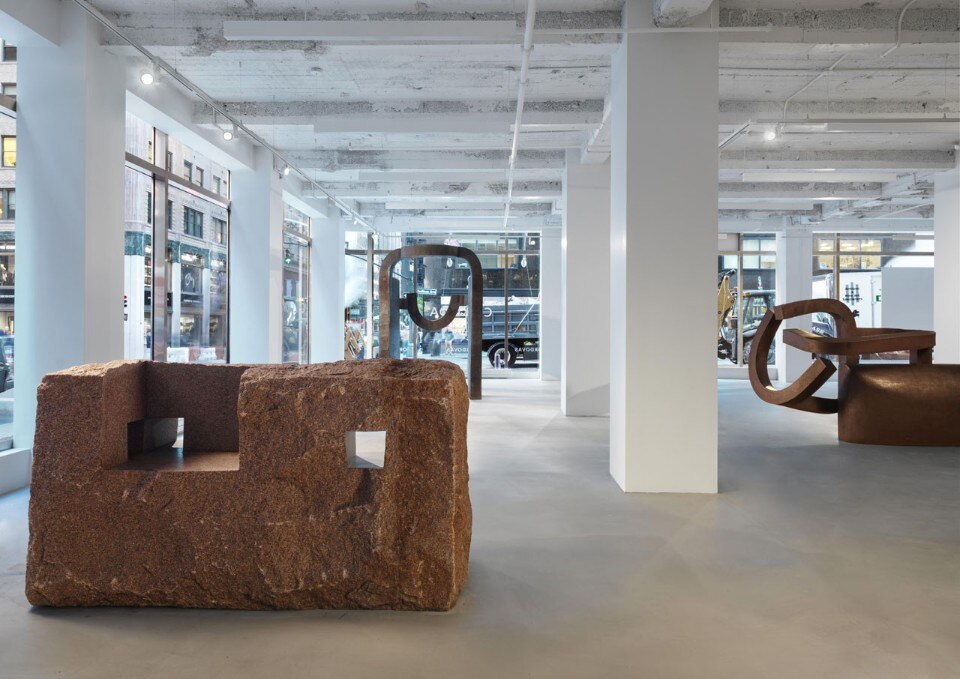
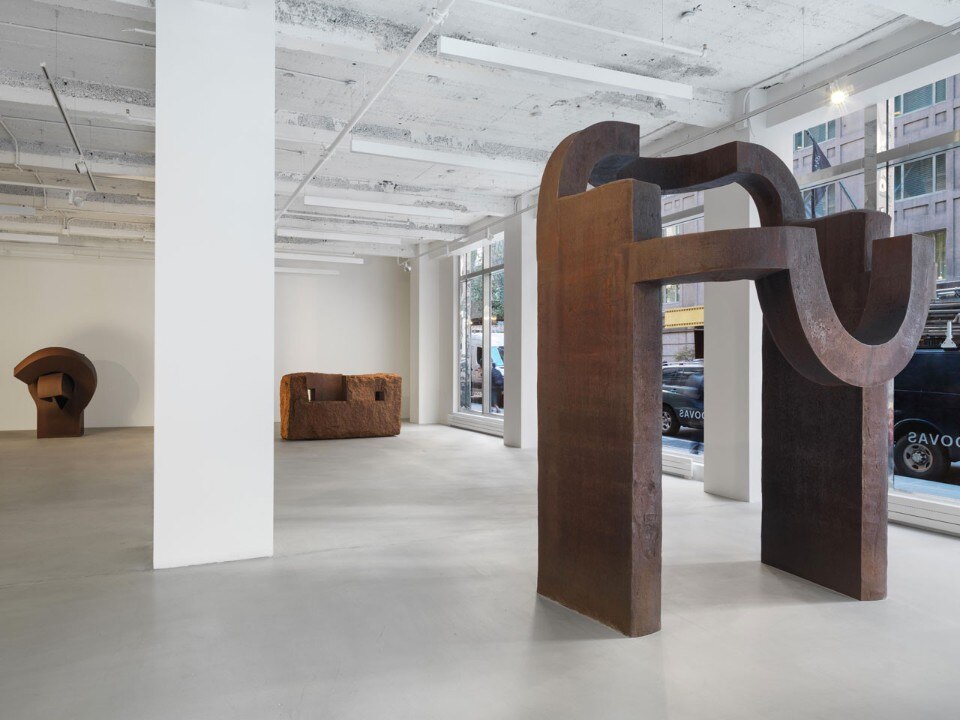
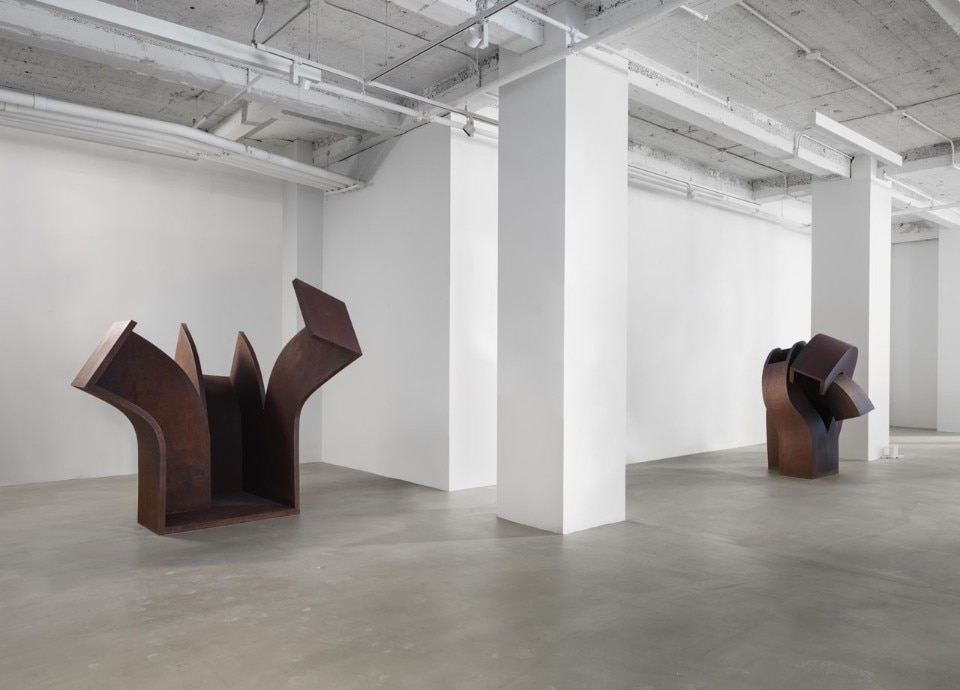
“It is neither abstract nor figurative, his totally individual style draws inspiration from music, poetry, from the circle of extraordinary artists he was connected to like Miró, Calder and Kandinskij”.
The works in alabaster and granite then opened another chapter in the work of this artist-thinker who already in 1958 had received the grand prize for sculpture at the Venice Biennale and who took part twice in Documenta. Through stone sculpture Chillida takes his exploration right inside the work, within the actual material. The work contains a substance not visible from the outside, it becomes a labyrinth divided into different areas and corridors, like a room seen from the perspective of an open door. This thinking has given rise to works such as Lo profundo es el aire XVIII where the air is light and at the same time deep, it is essence. Chillida works to create a universe inside the stone. All the works in this series, in both alabaster and granite, make reference to verses by the Spanish poet Jorge Guillén and serve for the most part as a preparation for the colossal project at Tindaya that the sculptor wanted to build at Fuerteventura, one of the Canary Islands. Tindaya became the macroscopic vision of the studies inside material. In fact Chillida planned a work in the mountain, he wanted to excavate right inside it to create a monument to tolerance. Finding oneself inside the earth, in contact with one’s guts, the spectator would be physically surrounded by nature and once again its majesty and power would make him feel small and on a par with other human beings.
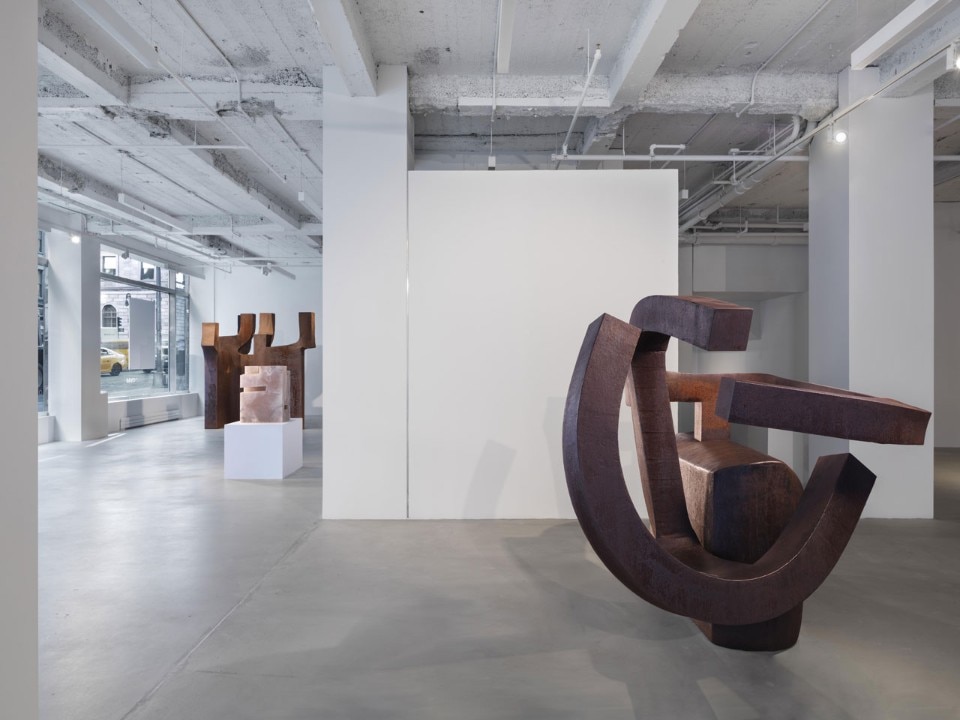
until 7 January 2016
Chillida. Rhythm-Time-Silence
Ordovas
488 Madison Avenue, New York


